Albaola Itsas Kultur Faktoria Albaola Itsas Kultur Faktoria shipyard-museum
- Culture
- 2024 Dec 29
Albaola Itsas Kultur Faktoria shipyard-museum
Albaola Itsas Kultur Faktoria offers an exciting historical tale based on scientific rigour, authenticity and quality. It does so by building and restoring, in front of the public, historical wooden boats with heritage value are built and restored there, in front of the visitors who can witness how boatbuilders, blacksmiths and ropemakers preserve the trades of the sea.
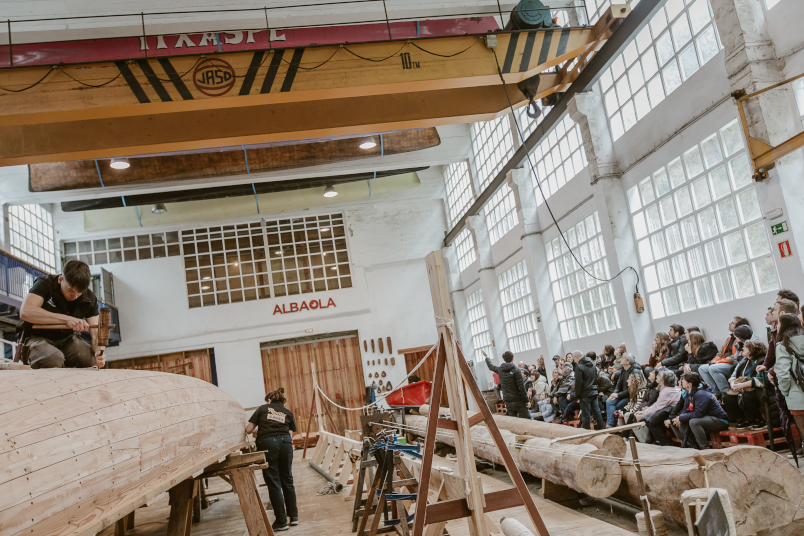
The image of the San Juan shipwreck is a part of the logo of UNESCO representing the world underwater cultural heritage. The construction project of the San Juan was awarded the patronage of this international organisation in 2015 for its rigour and authenticity, and also for being a shared heritage between two cultures on different shores of the Atlantic Ocean.
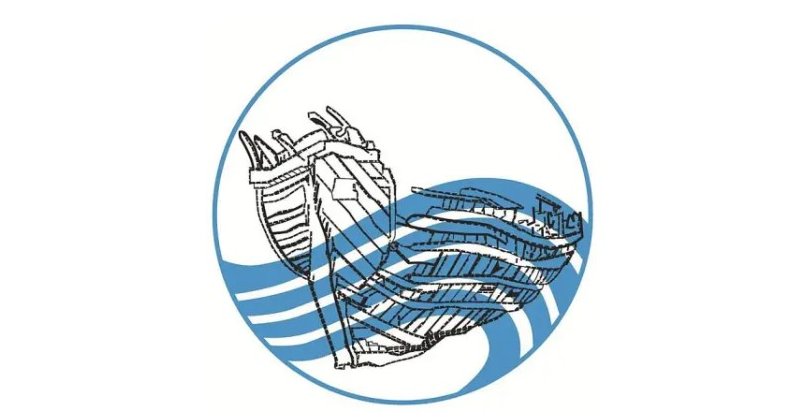 logo of UNESCO representing the world underwater cultural heritage
logo of UNESCO representing the world underwater cultural heritage
The most significant project of Albaola is the construction of the replica of the ocean-crossing whaling galleon San Juan. A 16th-century cargo ship built in Pasaia which sank in Red Bay, Canada, in 1565, when she was loaded and ready to return home.
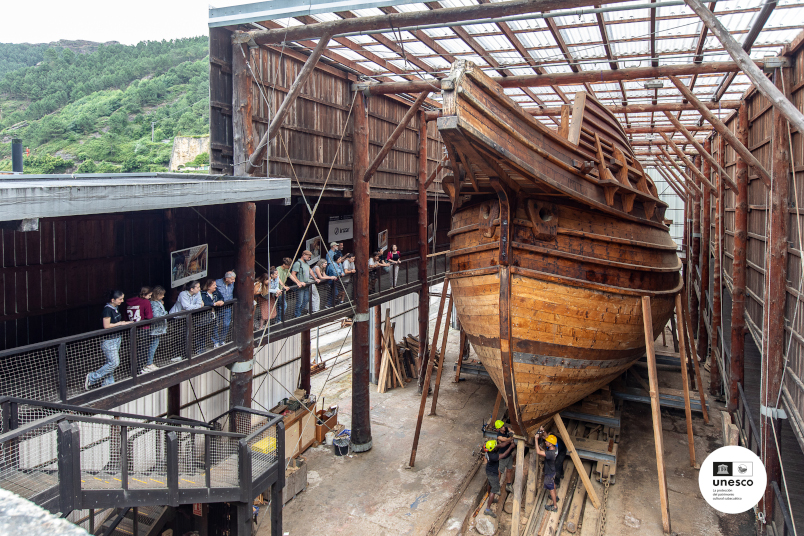
Historian Selma Huxley discovered the existence of a sunken Basque ship in Labrador after researching in various historical archives; this prompted the government agency Parks Canada to initiate a major research project, which resulted in their underwater archaeology department finding the wreck in 1978; at that time, they were not yet aware that they were dealing with the wreck of the world's best-preserved ocean-crossing galleon.
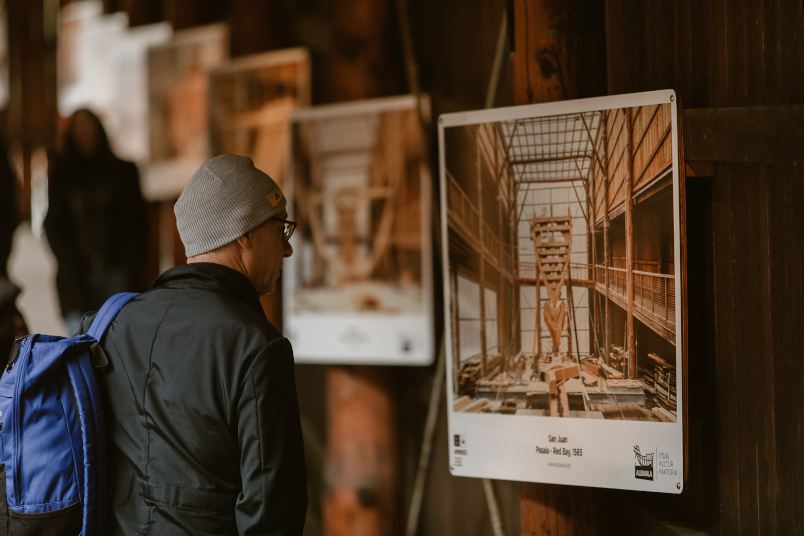
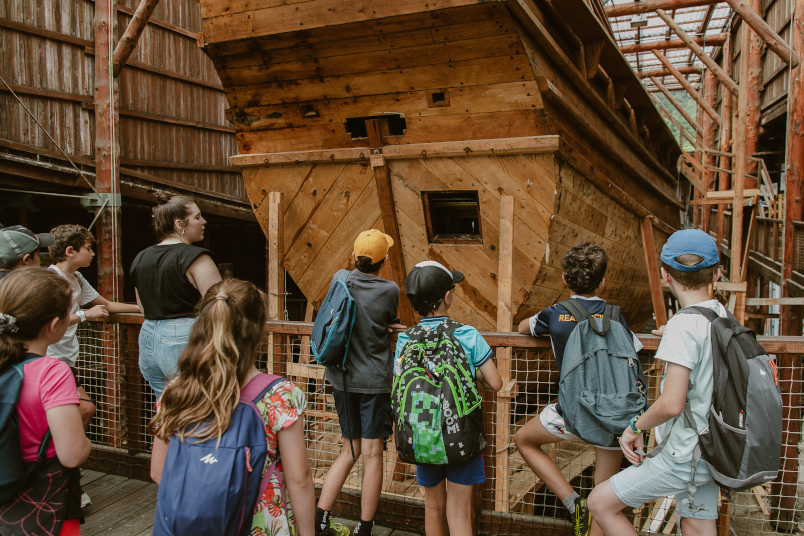
The San Juan is now in the final phase of its construction, and Albaola organises its maiden voyage, which will follow the original route, the one taken by Basque whalers five centuries ago. It will be an ‘archaeo-navigation’, a faithful historical recreation that will provide us with many clues of the era that are still unknown today. It will be a learning navigation, similar to the learning process carried out during the construction of the ship itself.

